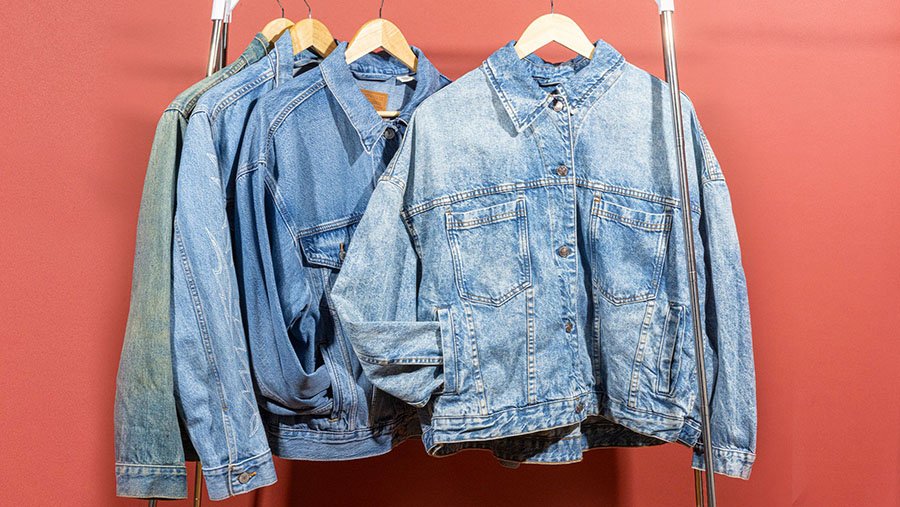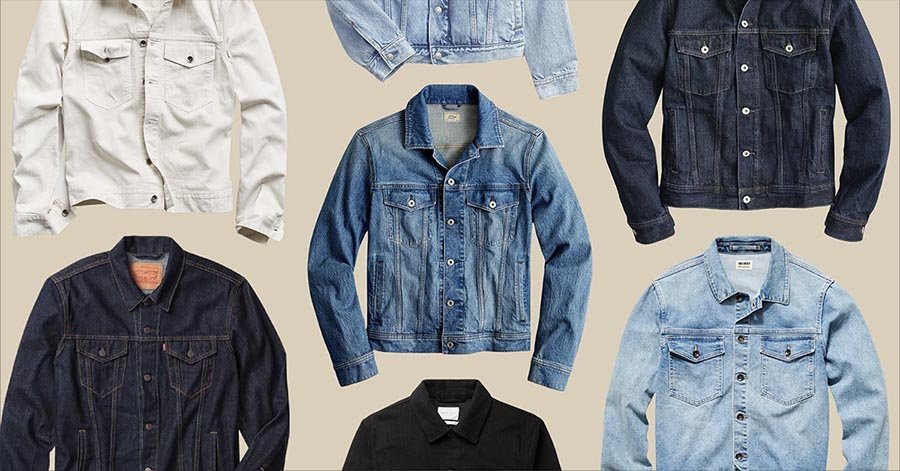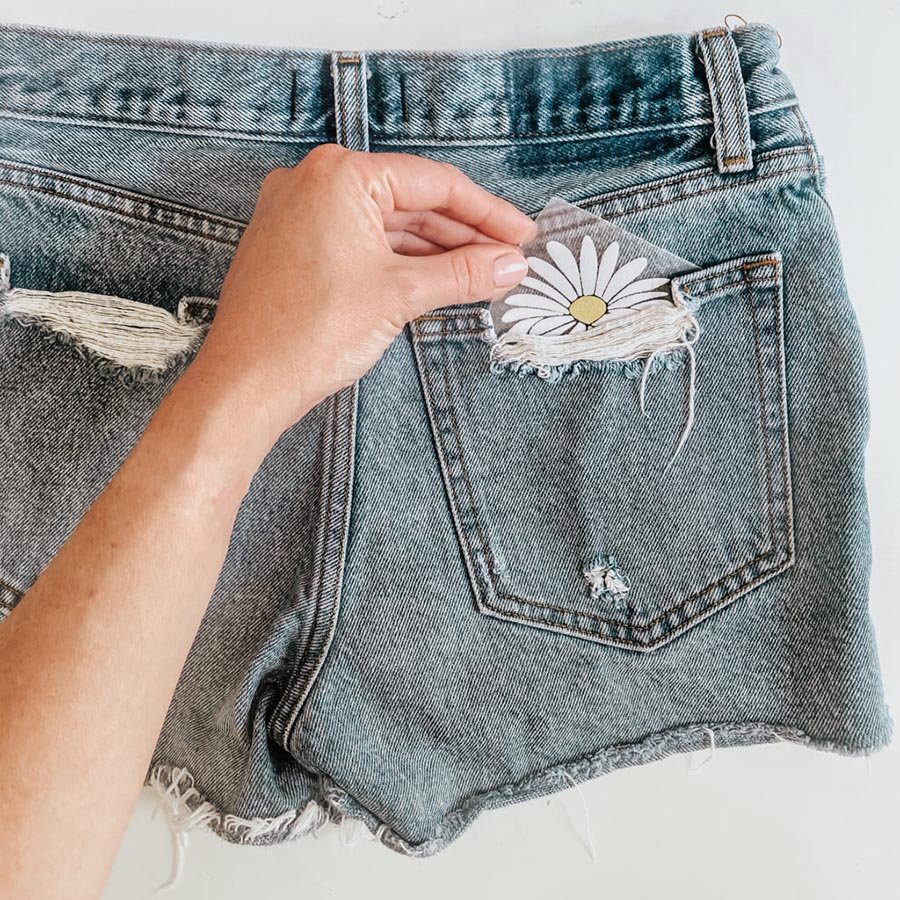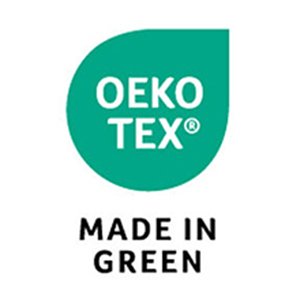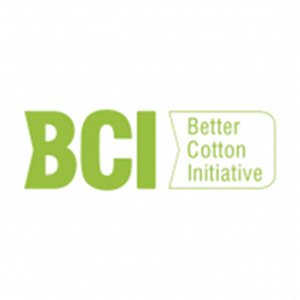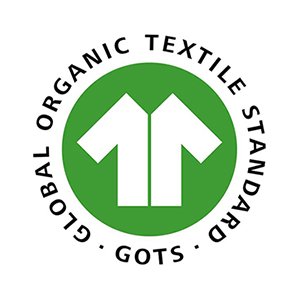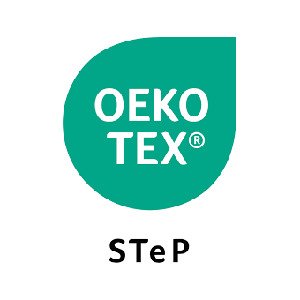When clients ask us about denim production, many are curious about the technical machine settings needed for sewing jeans.
At Jeanzio, we emphasize that sewing settings — from stitch length to thread tension — directly affect durability and appearance.
The best setting for sewing jeans is a longer stitch length (3–3.5 mm), strong needle size (90/14–110/18), heavy-duty core-spun thread, and medium-to-high tension. Using denim-specific presser feet and slower machine speeds also improves seam strength and accuracy.
Understanding these settings ensures jeans are stitched to withstand heavy use.
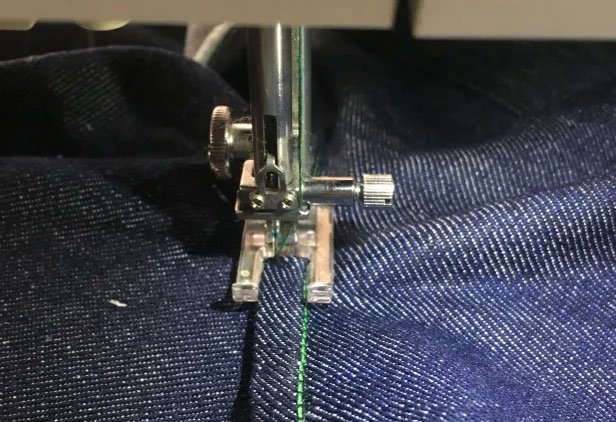
Why do sewing settings matter in jeans production?
Settings define performance.
Denim is much thicker and stronger than lightweight fabrics. Without proper settings, machines skip stitches, break needles, or produce weak seams.
Key Influences
- Fabric thickness.
- Thread type.
- Machine type (industrial vs domestic).
- Seam type (flat-felled, overlocked, etc.).
Our Insight
At Jeanzio, we optimize sewing machine settings per fabric weight and style.
What stitch length is best for jeans?
Longer is stronger.
The ideal stitch length for jeans is 3–3.5 mm, longer than regular fabrics, because it allows thick thread to sit cleanly on heavy fabric.

Stitch Length Impact
- Short stitches → fabric puckering, thread breakage.
- Long stitches → smoother seams, durability.
- Decorative topstitching often uses 3.5–4 mm.
Our Insight
We adjust stitch length during sampling to match fabric weight.
What needle size should be used for jeans?
Needles must match fabric density.
Denim requires heavy-duty needles, usually sizes 90/14, 100/16, or 110/18, depending on fabric weight.
Needle Guide
- 90/14 → Lightweight denim (8–10 oz).
- 100/16 → Mid-weight denim (11–13 oz).
- 110/18 → Heavy denim (14–16 oz).
Our Insight
We always use denim-specific needles with reinforced points for bulk production.
Why is thread type critical for settings?
Thread defines seam strength.
Core-spun polyester thread with a cotton wrap is standard in jeans, balancing durability and authentic denim aesthetics.
Thread Considerations
- Tex 60–80 for general seams.
- Tex 90+ for topstitching.
- Recycled or organic thread for eco lines.
Our Insight
We ensure thread selection aligns with client’s branding (heritage, premium, or sustainable).
How should thread tension be set?
Balance is key.
For jeans, thread tension should be set medium-to-high to hold layers together, but not so tight that it causes puckering.
Tension Settings
- Too low → loose, weak seams.
- Too high → fabric distortion.
- Balanced → flat, secure seams.
Our Insight
We calibrate thread tension separately for lock stitch vs chain stitch machines.

What presser foot works best for jeans?
Right tool, right seam.
Walking feet, denim feet, and compensating feet prevent fabric shifting and ensure clean seams.
Presser Foot Options
- Walking foot → handles multiple layers.
- Denim foot → glides over thick seams.
- Compensating foot → neat edge stitching.
Our Insight
We keep multiple presser foot setups in every production line for flexibility.
How does machine speed affect sewing jeans?
Slow equals control.
Industrial machines can run very fast, but sewing denim requires slightly slower speeds to avoid skipped stitches and needle breakage.
Speed Guidelines
- 2,000–2,500 stitches per minute for bulk.
- Slower speeds at stress points (belt loops, bar tacks).
Our Insight
We train operators to reduce speed strategically at critical seams.
Why do seam types require specific settings?
Not all seams behave the same.
Flat-felled seams, overlocked seams, and bar tacks each require unique stitch density and tension.
Seam-Specific Adjustments
- Flat-felled → tighter tension, double stitching.
- Overlocked → balanced tension to prevent unraveling.
- Bar tacks → very dense stitches at stress points.
Our Insight
We map machine settings to seam type in our production manuals.
How do finishing techniques connect to sewing settings?
Washes test seams.
Post-production washes (stone, enzyme, ozone) put stress on seams. Proper sewing settings ensure seams survive industrial finishing.
Impact on Seams
- Weak tension → seams unravel after wash.
- Wrong needle → broken stitches after abrasion.
- Poor thread choice → color loss or breakage.
Our Insight
We pre-test sample garments under wash conditions before full production.
What should clients check when reviewing factory sewing?
Sewing settings reveal whether jeans will last.
Client Checklist
- Inspect stitch length consistency.
- Check needle marks on fabric.
- Review thread thickness and tension.
- Look for reinforcement at stress points.
- Ask about presser foot setup for denim.
At Jeanzio
We share technical sewing parameters with clients to ensure transparency.
Conclusion
The best setting for sewing jeans includes a 3–3.5 mm stitch length, size 90/14–110/18 denim needles, core-spun polyester thread, medium-to-high tension, and denim-specific presser feet.
Adjustments by seam type and wash durability are essential.
At Jeanzio, we optimize these settings for every client’s collection, ensuring jeans combine strength, comfort, and brand value.


